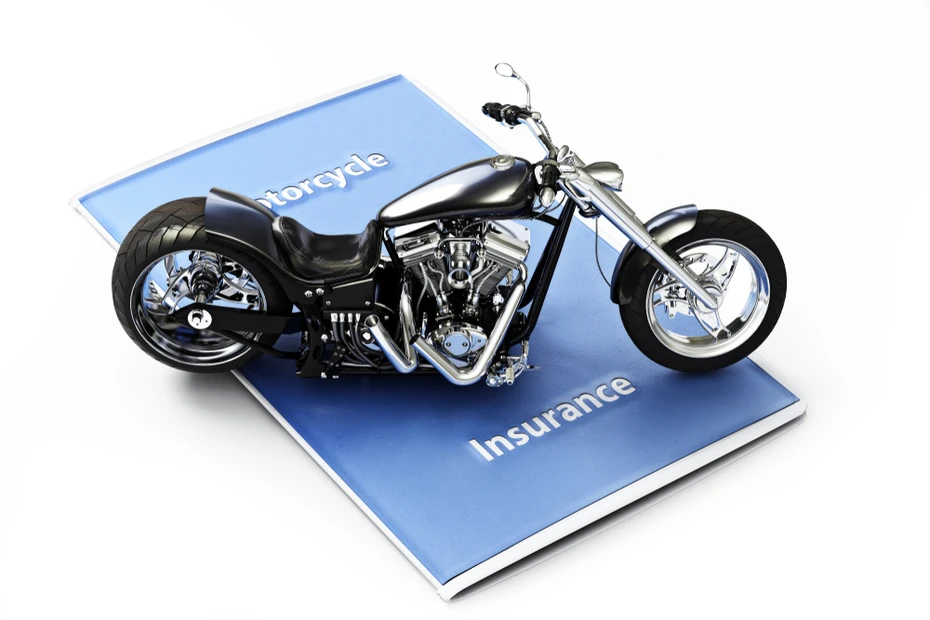Dry clutch vs. Wet clutch: How they work and which one is better for your bike?
If you’ve ever compared high-performance motorcycles or considered custom upgrades, you’ve likely come across the terms dry clutch and wet clutch. While both serve the same basic purpose, connecting and disconnecting the engine from the transmission, the way they operate can dramatically affect how a bike performs, feels, and sounds.
Whether you're a daily commuter, a weekend tourer, or a track-day thrill seeker, understanding the difference between these two clutch types can help you make smarter choices when buying a bike or upgrading parts. This article breaks down how dry and wet clutches work, their pros and cons, and which one fits your riding style best.

Understanding clutches in motorcycles
To understand motorcycle clutches, it's helpful to start with the basics. A clutch lets the engine and the transmission work independently, so you can change gears smoothly without damaging anything.
There are two main types of clutches used in motorcycles: dry clutches and wet clutches. The key differences between them come down to how they’re cooled and lubricated, which affects how they perform, how long they last, and how much upkeep they need.
What is a dry clutch?
A dry clutch functions with dry friction among its clutch plates since the two plates elide without wetting fluid. Dry clutches support high-performance motorcycles along with racing bikes as well as particular luxury models that include Ducati products.
Advantages of dry clutches
-
A clutch operates dry when its interlocking plates touch one another because it lacks lubricating oil. This clutch system operates without oil for lubrication purposes and appears inside high-performance motorcycles, along with racing bikes and some foreign luxury brands, which include Ducati.
-
Live power transfer operations using dry clutch technology become more effective because materials refuse to stay in the oil, which reduces overall friction resistance.
-
The maintenance of clutch plates is simplified by using this method because oil-related contamination is eliminated.
-
Racing performance receives an advantage from dry clutches since they enable quick and precise gear shifts, hence their preference in racing applications.
-
The distinctive sound attribute drives racers to choose dry clutches since these systems let them execute quick, precise gear shifts to boost their performance in racing events. Advanced riders consider the unique rattling noise produced by dry clutches to be a desirable characteristic when operating Ducati motorcycles.
Disadvantages of dry clutches
-
The absence of lubrication shortens the operational existence of dry clutches.
-
The problem with overheating affects dry clutches because they lack sufficient damping measures during heavy traffic usage or multiple red light stoppages.
-
Dry clutch component prices remain higher than the expense of wet clutch replacements for basic parts and components.
What is a wet clutch?
A wet clutch depends on engine oil to function as both an insulating coolant material and a lubricating agent. High-performance sports bikes, along with commuter bikes, represent two popular motorcycle models that implement this clutch system.
Advantages of wet clutches
-
Oil lubrication extends the clutch's operational life by reducing wear on the components.
-
A wet clutch works effectively in heavy traffic and long rides because oil acts to cool the components and prevent overheating.
-
Wet clutches deliver better daily riding comfort because their operation produces less noise compared to dry clutches.
-
Wet clutch replacement components become less expensive because their operational lifetime extends longer and the market demonstrates acceptance.
Disadvantages of wet clutches
-
Slight Power Loss: The oil surrounding the clutch creates some drag, leading to minor power losses compared to a dry clutch.
-
Messier Maintenance: Since the clutch is submerged in oil, changing or servicing it can be messy.
-
Not Ideal for Racing: The small amount of power loss makes wet clutches less appealing for professional racing.
|
Feature |
Dry Clutch |
Wet Clutch |
|
Design |
Operates without oil |
Runs with oil for cooling and lubrication |
|
Performance |
Better power transfer, less effective in heat |
Performs well in tough conditions |
|
Durability |
Shorter lifespan, less maintenance |
Longer life but needs regular oil cleaning |
|
Noise |
Loud, mechanical sound (some riders like it) |
Quieter and smoother operation |
|
Riding Experience |
Aggressive, sporty feel |
Smooth, controlled ride |
Which clutch is better for your bike?
Choosing between a dry or wet clutch depends on how and where you ride.
-
Dry clutches are ideal for racing or performance riders. They offer quick power and a sporty sound but need more care and don’t handle heat as well.
-
Wet clutches are better for daily commuting and long rides. They're smoother, quieter, last longer, and work well in traffic and hot weather.
If you're looking for low maintenance and durability, go with a wet clutch. If you're after performance and like a loud, mechanical feel, a dry clutch may suit you better. Also, check with your bike insurance provider to see how different clutch types might affect your coverage.
Additionally, it's advisable to consult with a reputable bike insurance company to understand the coverage options related to your motorcycle's clutch type.
Also Check: Bike Insurance in India
Both dry and wet clutches have their pros and cons. While dry clutches offer better performance and power transfer, they require more maintenance and have shorter lifespans. Wet clutches, on the other hand, are more durable, easier to maintain, and suitable for a wider range of riding conditions. Your decision should be based on how and where you ride, as well as your maintenance preferences.














































